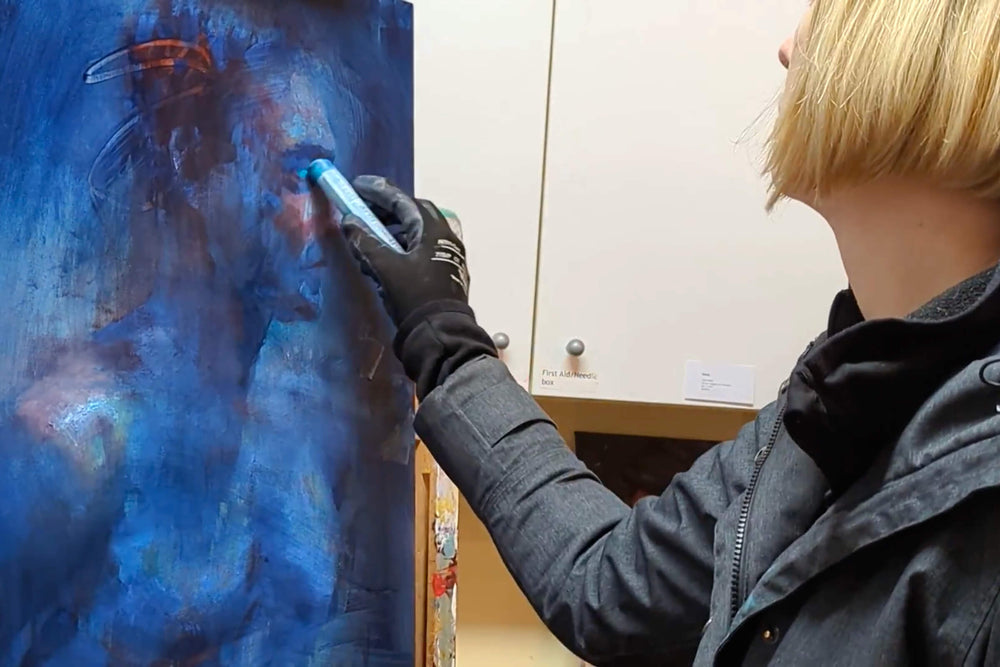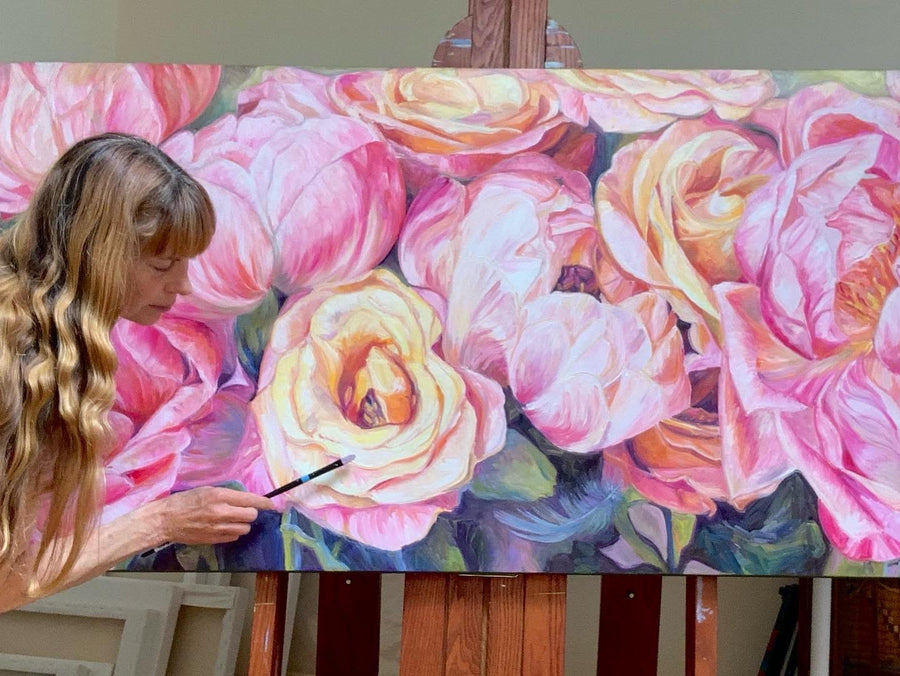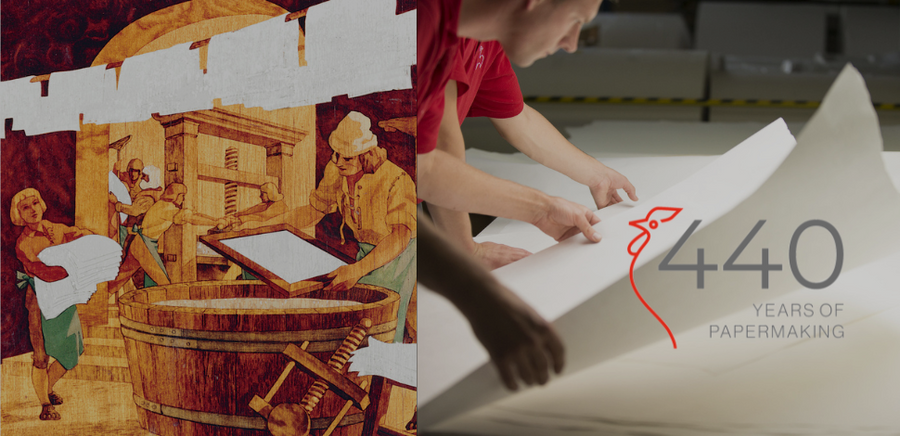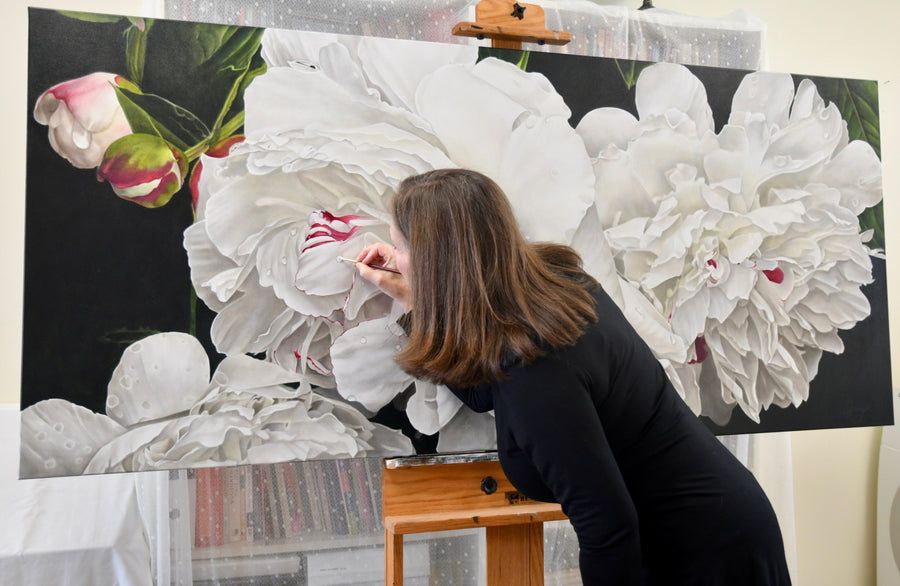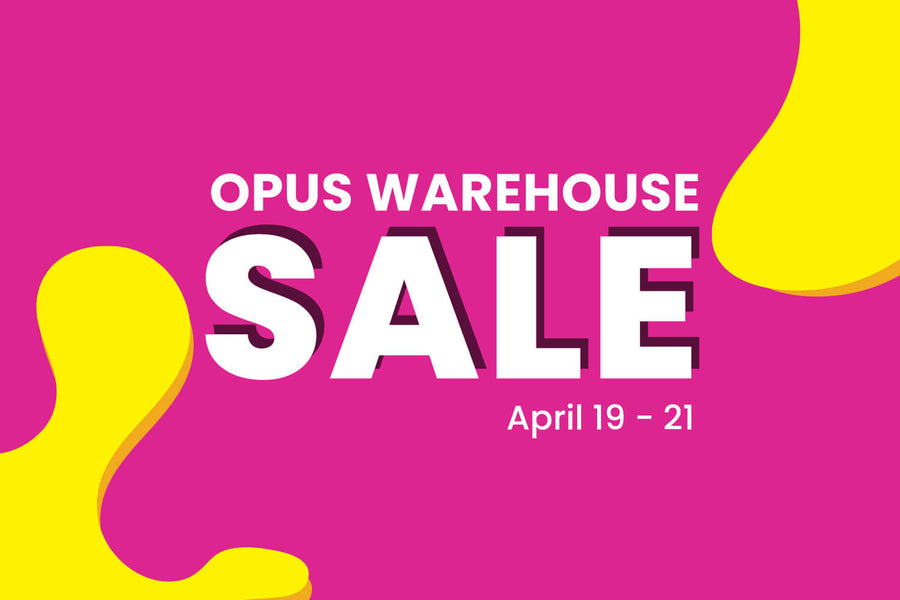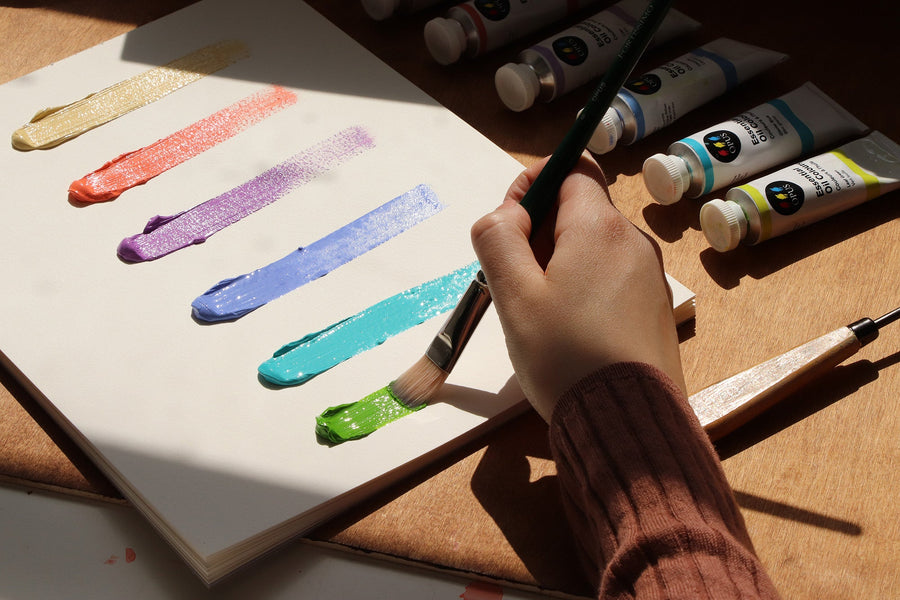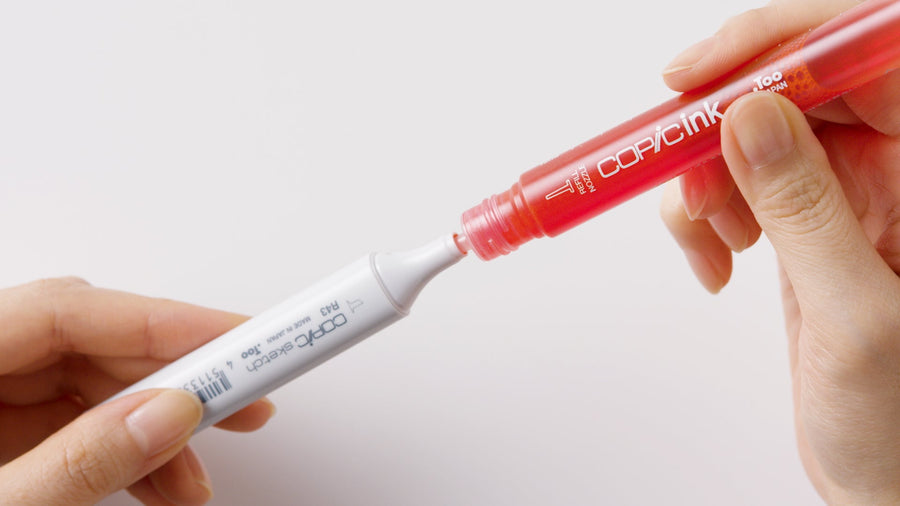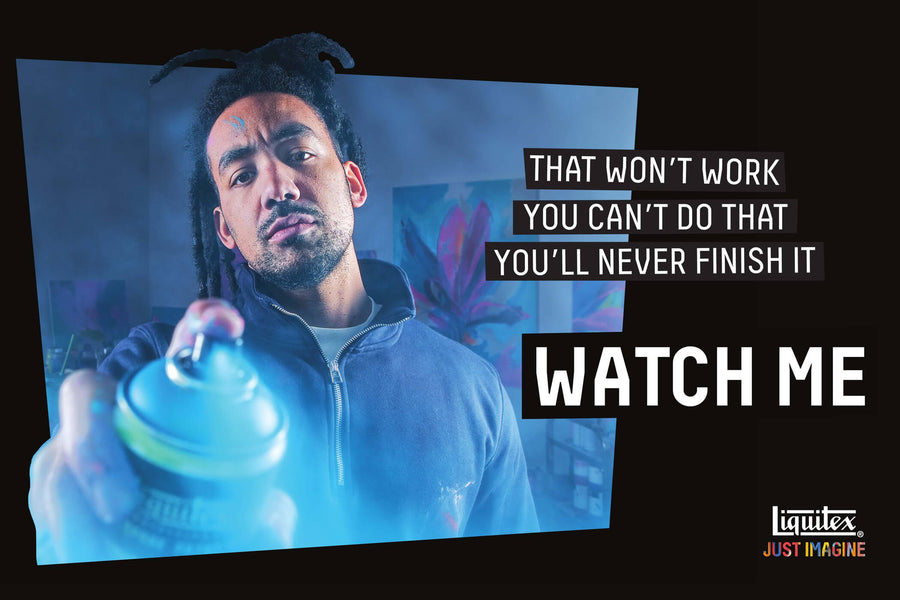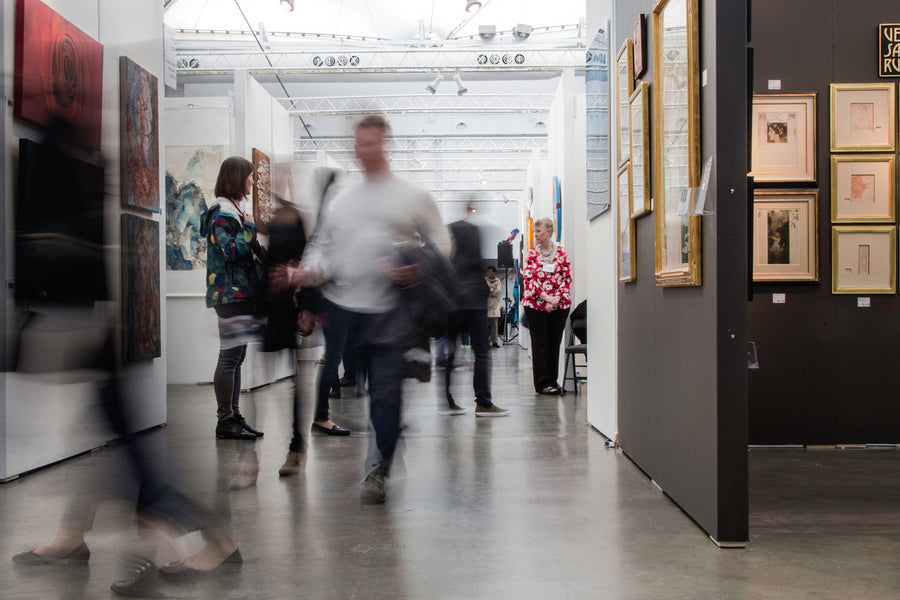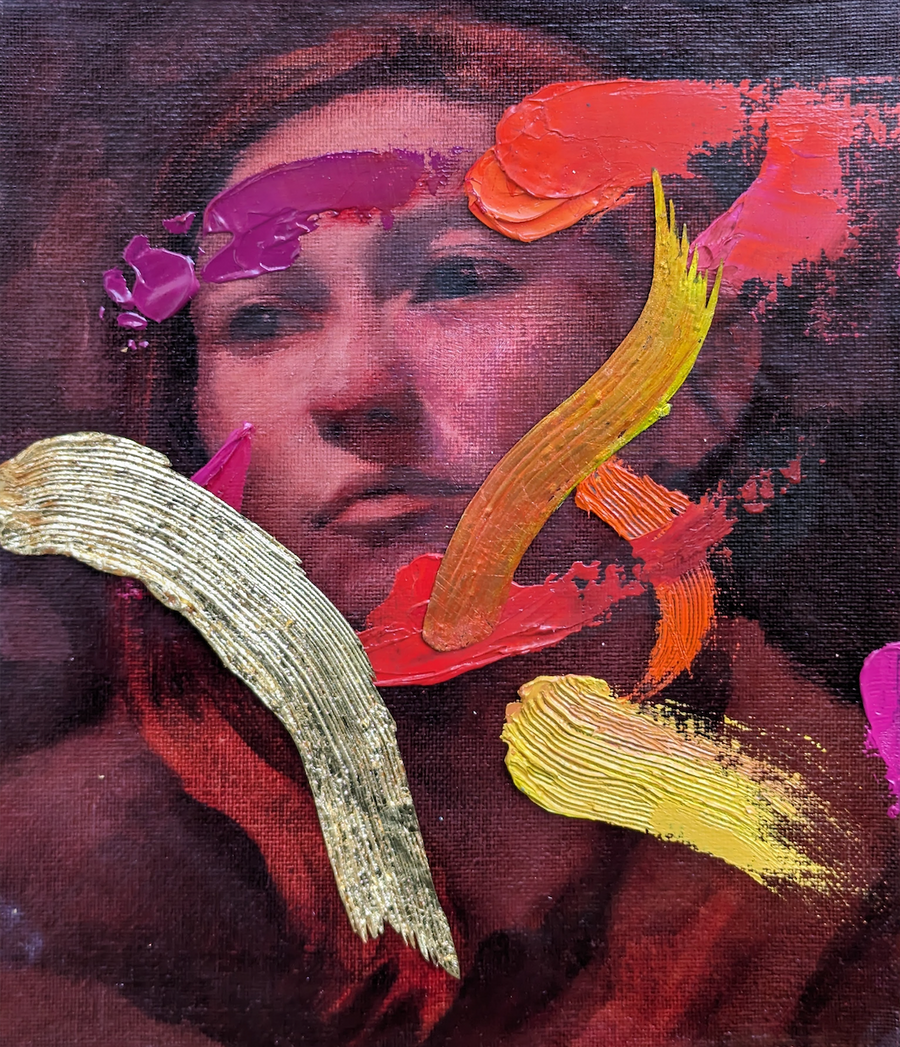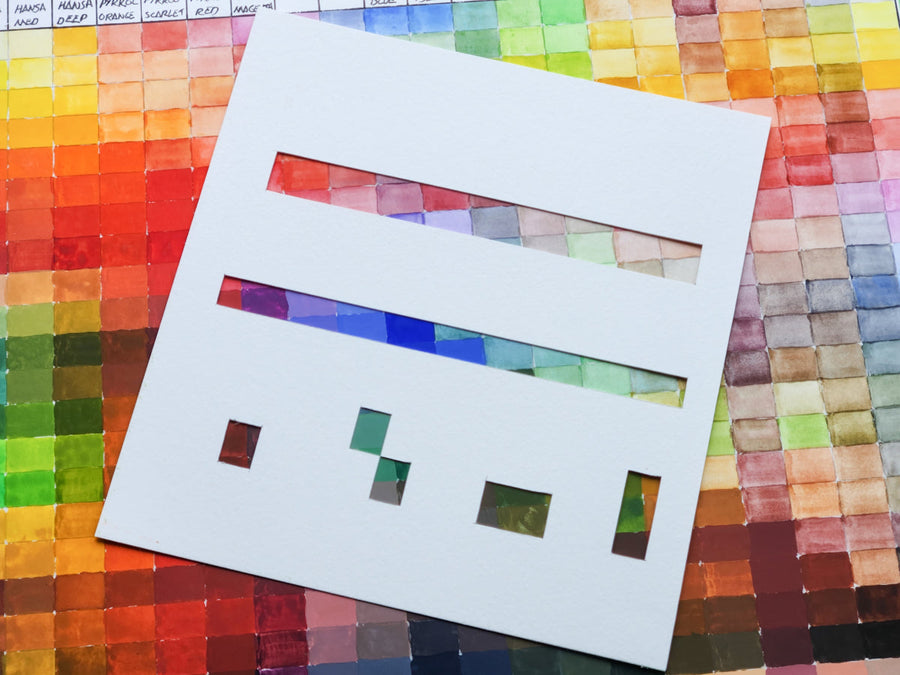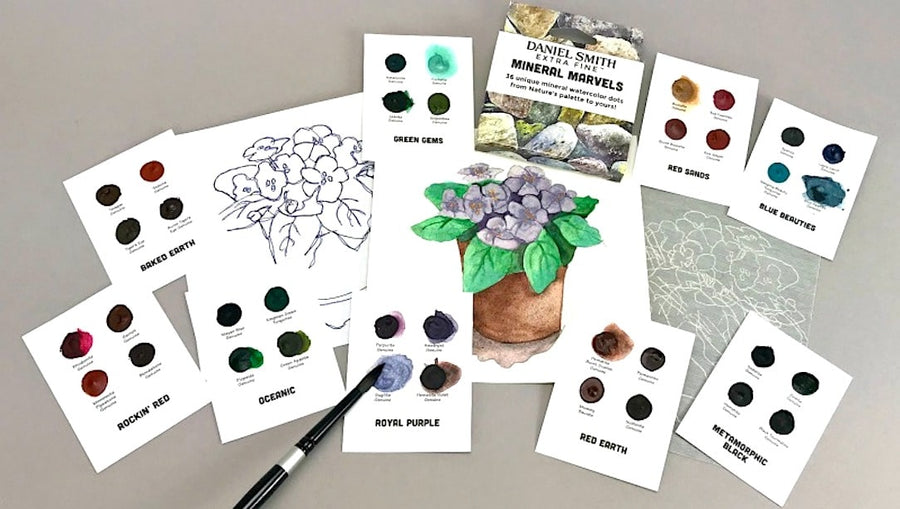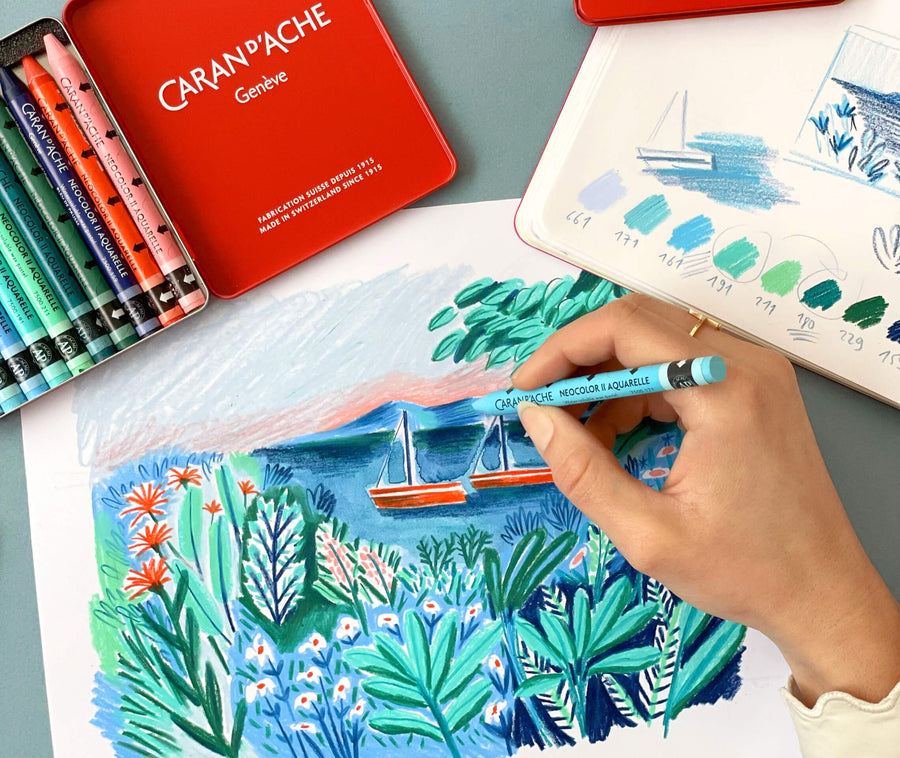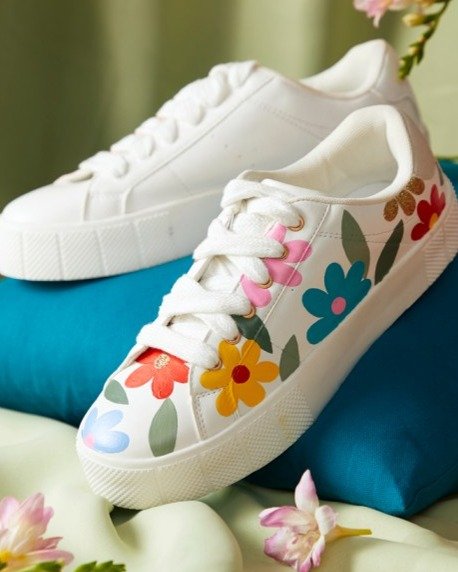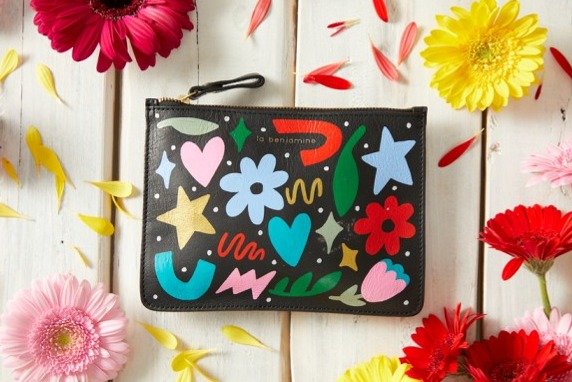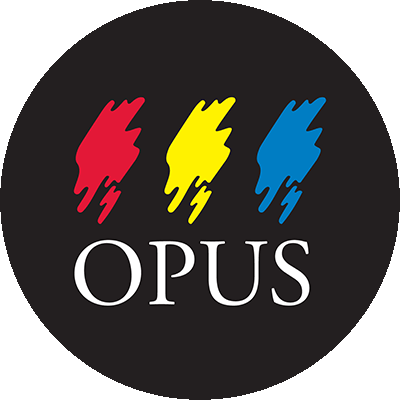Catching Up With Cara Bain
In February, we spoke with artist and educator Cara Bain. She shared with us her creative process as well as her intentions for our shared journey into experimentation.
Join us in this article as Cara Bain discusses her experience so far working with new materials and pushing her creative boundaries.

What tools did you choose to experiment with, and why?
I chose a Liquitex Freestyle Splatter Brush, Princeton Catalyst Wedges, Kama Oil Sticks, and R&F Pigment Sticks because I’m interested in exploring mark-making tools besides my paint brushes. Brushes make lots of interesting marks but these new tools are pushing my boundaries a little wider and getting me creating ‘outside the box’.
I’m also experimenting with Grafix Wet Media Film (Dura-lar) – I’m interested in using transparent Dura-lar to layer on top of paintings on other surfaces. I want to achieve an interplay between the textures on top and underneath.
I’m also using media I’ve used before like metallic leaf and Yupo paper to find new effects I can achieve with materials I already love!
Watch Cara Bain's Experimentations In-Progress:
Please note, the video below contains no sound; it features clips of how Cara is utilizing the new materials in her exploration and experimentation.
What differences are you noticing between the new tools and the ones you're more familiar with?
In the past I’ve relied on traditional paintbrushes to achieve interesting mark-making in my paintings – but they can’t make the specific marks that some of these new tools can.
Using Yupo Paper and Dura-lar as surfaces is also very different than painting on traditional canvas or panel. They are great for showing mark-making to its fullest because they are so slippery.
Brushstrokes sit on the surface rather than getting ‘caught up’ in the subtle texture of a traditional surface. The slippery nature makes them a little tricky to get started with, but when you get used to them, they can bring your brush strokes to life.
How are you incorporating these new materials into your artwork?
Right now my focus is on play. I’ve taken old portraits (mostly instructional demos) and am seeing what I can do to make them more interesting. I’ve been laying glazes of transparent colour over them and mark-making on top with oil sticks, wedges, and my splatter brush to see the effects I can achieve.
The tool I’m most enjoying is the splatter brush. Instead of using it to create splatter marks, I’ve been loading impasto paint onto a surface and using it to drag out the paint. This creates an exaggerated brushstroke, creating grooves in the paint that look similar to a bristle brush, but deeper.
After making these marks, letting them dry and then covering them with metallic leaf, I’ve been glazing the leaf with transparent colours. I love the results!

What has been the most challenging part of this experience so far?
Usually, I have a planned project in mind that I execute bit by bit in the studio – experimentation happens along the way in a bigger project. Now, I’m going just to play, and play is challenging! There are so many possibilities when you’re experimenting with no preconceived notions.
Often it’s very hard for me to focus on just one thing at a time. It has pushed me outside my comfort zone in really good ways. Now I’m in the process of sifting out the directions I connect with the most and letting the others fall away (for now).
Have there been any surprises with this experiment?
Yes! When I entered this process, I had the subconscious idea that all my experiments would turn into something magical. I’ve been surprised (as a bit of a perfectionist) at how much I need to embrace ‘failure’ to embrace true experimentation. When you are exploring beyond your boundaries not all your tests are going to turn into something you’ll carry forward with you.
Learning to play means learning to make a mess, but within all my messes I’ve been finding some intriguing results that feel true to my artistic voice. I have found a few gems!
Shop Cara's Experimental Tools
Watch The Artist Video Series
Constant Evolution with Cara Bain
"I love that loss of total control that helps me to get effects that I wouldn't have got if I was totally in control of the process."
We'd like to thank Cara Bain for making this interview possible.
To see more of Cara Bain's work, visit her website: Carabain.ca, her profile at Canvas Method, and her Instagram at @art.by.cara.bain

Experience Cara's work in person!
Surroundings by Cara Bain
March 1-9
From THIS Gallery:
Cara Bain’s exhibition ‘Surroundings’ illustrates how comforts can provide us with a sense of safety, but may also cause us to withdraw from the world around us.
In this series, paintings of the human figure at rest are surrounded by bedding. While giving us needed comfort, protection, and escape from our daily lives, these surroundings can also act as soft walls, barriers that protect us from the outside world but also separate us from it at a cost.
Click here for Cara Bain's exhibition details.
THIS Gallery is located at:
Lower Ground Level
30E - 268 Keefer Street
Vancouver, BC
